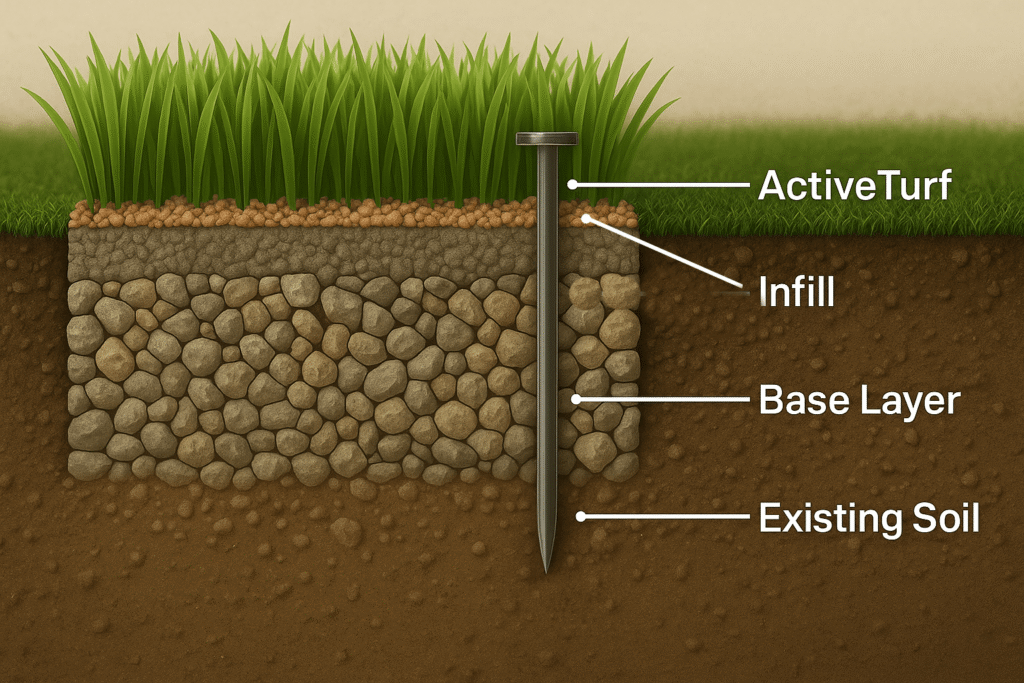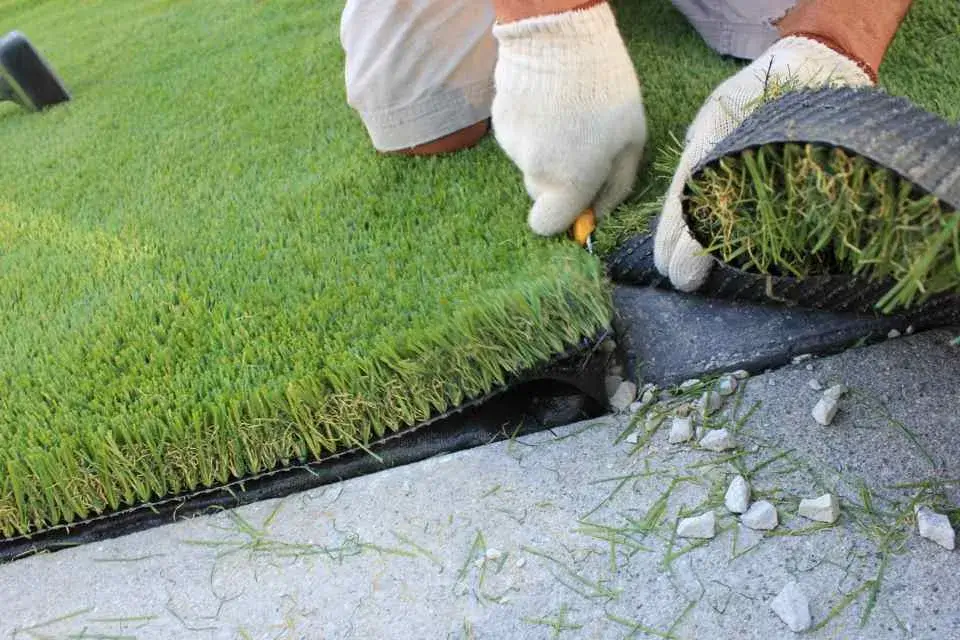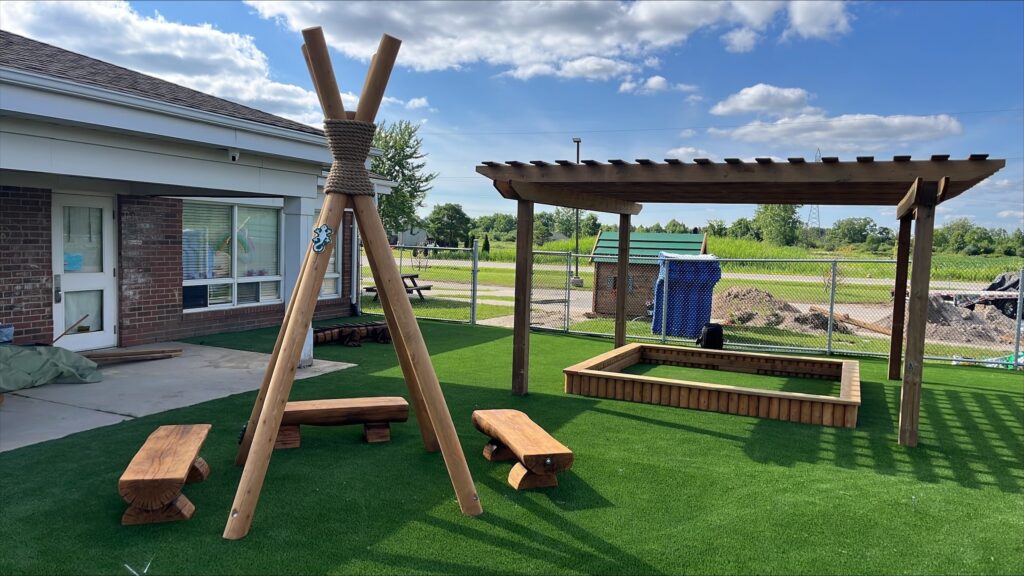Artifical Turf Installation You Can Trust
Durable results with expert care
Base Layer Preparation
Every turf installation begins with careful site preparation. Before excavation, the area is inspected for underground pipes, irrigation lines, and electrical wiring to prevent damage and ensure safety. Once cleared, the existing surface, grass, roots, and debris removed and the soil is excavated to the proper depth. The ground is then graded to promote water drainage away from buildings and other structures. A compacted base layer of crushed gravel, stone, or decomposed granite (typically 2–4 inches thick for residential projects, more for commercial or playgrounds) is installed. This stable foundation reduces settling, prevents uneven areas, and ensures the turf surface will remain smooth and secure for years to come. A geotextile or weed barrier fabric may also be added to prevent weed growth and improve separation from the soil below.


Turf Laying & Edge Treatment
With the base fully prepared, the turf is rolled out, aligned, and trimmed to match the site’s shape. Care is taken to ensure all turf pieces have the grass grain running the same direction for a uniform appearance. Seams between turf rolls are joined using strong seaming tape and adhesive, pulling tightly to avoid visible lines. At the same time, perimeter edges are secured—specialized spikes or galvanized nails are driven in every few inches along the border to lock the turf down and prevent shifting. Any excess turf is trimmed neatly, and edges are tucked or anchored around hardscapes or edging to give a clean, crisp finish.
Infill Setting & Finishing Touches
Once the turf is trimmed and secured, it’s time to add infill sand to help the turf fibers stand upright and add weight so the surface is stable under foot or traffic. The infill is spread evenly and then brushed in using stiff brooms or power brushes. This brushing lifts the fibers and distributes the infill deeply. After this, the whole area is checked: seams tested, edges inspected, and the surface given a final grooming. The result is a synthetic turf installation that looks natural, drains well, stays stable, and remains durable through many seasons.

The installation process can vary depending on several factors, including project type (residential, commercial, or playground), site drainage conditions, soil type, climate, intended use of the space, and specific turf product chosen.
